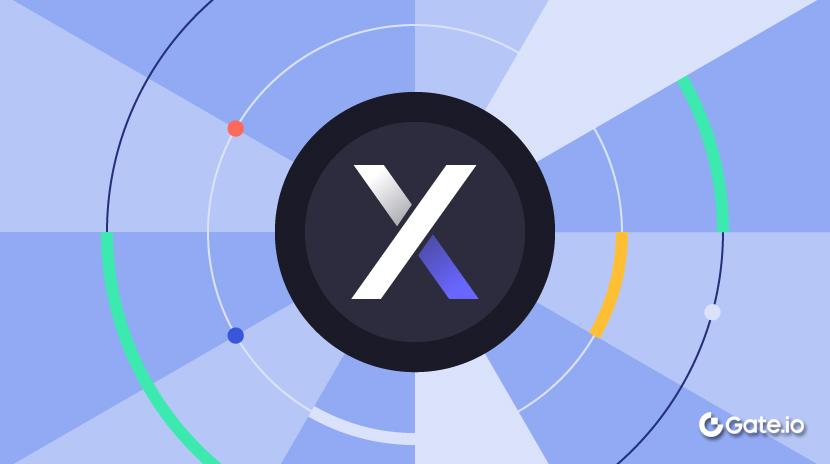Apa itu Initia (INIT)?
Arsitektur blockchain modular yang menggabungkan Cosmos Layer 1 dan rollups yang dapat disesuaikan

Pengantar
Initia adalah jaringan blockchain modular yang menggabungkan Cosmos SDK berbasis Layer 1 dengan rollups Layer 2 yang dapat disesuaikan yang disebut Minitias, memungkinkan implementasi rantai khusus aplikasi yang beroperasi secara independen sambil tetap interoperabel melalui kerangka koordinasi standar. Arsitekturnya memisahkan eksekusi, konsensus, dan ketersediaan data di beberapa komponen, memungkinkan pengembang untuk memilih mesin virtual yang berbeda seperti MoveVM, EVM, atau CosmWasm tergantung pada persyaratan aplikasi. Layer 1 Initia menangani koordinasi validator, staking, tata kelola, dan penyelesaian, sementara Interwoven Stack menghubungkannya ke Minitias melalui OPHost, OPChild, dan OPinit Bots, yang mengelola pengiriman pesan, komitmen status, dan umpan orakel. Alat-alat pendukung seperti Initia App, Initia Scan, dan Initia Bridge menyediakan antarmuka untuk manajemen aset, eksplorasi on-chain, dan transfer lintas lapisan.
Apa itu Initia (INIT)?

Initia adalah jaringan blockchain modular yang mengintegrasikan blockchain Layer 1 yang dibangun menggunakan Cosmos SDK dengan rollups Layer 2 yang dapat disesuaikan yang disebut sebagai “Minitias.” Struktur dual-layer ini dirancang untuk mendukung implementasi blockchain khusus aplikasi yang tetap berdaulat sambil tetap interoperabel dengan jaringan Initia secara umum dan rantai lain yang mendukung protokol Komunikasi Antar Blockchain (IBC). Platform ini mendukung beberapa mesin virtual, termasuk CosmWasm, EVM, dan MoveVM, menawarkan fleksibilitas bagi pengembang yang bekerja di berbagai lingkungan kontrak pintar yang berbeda.
Layer 1 dari Initia berfungsi sebagai lapisan koordinasi. Ini tidak berfungsi sebagai lingkungan eksekusi tunggal, tetapi sebagai tulang punggung yang menghubungkan dan mengamankan Minitia rollups. Ini menyediakan penyelesaian, likuiditas, konsensus, dan keamanan jaringan. Minitia rollups diluncurkan oleh pengembang yang ingin mendeploy rantai mereka sendiri dengan lingkungan eksekusi tertentu. Rollups ini beroperasi secara independen dalam hal eksekusi namun terhubung ke Lapisan 1 Initia melalui kerangka kerja yang disebut Tumpukan Terkait. Ini memungkinkan mereka mendapatkan manfaat dari layanan bersama seperti likuiditas tersimpan, keamanan validator, dan interoperabilitas asli tanpa mengelola set validator mereka sendiri atau membuat ekosistem terisolasi.
Tumpukan yang Terjalin mengandung keputusan desain arsitektur dan peralatan yang menstandarkan bagaimana Minitia rollups berinteraksi dengan Layer 1 dan satu sama lain. Ini termasuk modul untuk token bridging, staking, abstraksi biaya, dan pendaftaran layanan. Pengembang yang mendeploy Minitias tidak diharuskan untuk membangun sistem-sistem ini sendiri; sebaliknya, mereka mengikuti kerangka pendapat yang dilengkapi dengan aturan dan integrasi yang telah ditentukan sebelumnya. Hal ini mengurangi beban teknis dan kompleksitas pengambilan keputusan, terutama untuk tim yang meluncurkan rantai yang fokus pada aplikasi khusus seperti permainan, protokol DeFi, atau jaringan sosial.
Setiap Minitia dibangun dengan mesin statusnya sendiri dan dapat disesuaikan untuk menggunakan logika eksekusi yang berbeda. Sebagai contoh, satu Minitia dapat berjalan menggunakan EVM sementara yang lain dapat menggunakan CosmWasm. Pemisahan ini memungkinkan pengembang untuk mengisolasi bottleneck kinerja, memperkenalkan fitur baru yang spesifik untuk logika aplikasi mereka, atau menegakkan model tata kelola yang disesuaikan dengan komunitas mereka. Platform tidak memaksa satu model penyebaran aplikasi atau pengalaman pengguna tunggal, memungkinkan Minitias untuk mendefinisikan aturan mereka sendiri sambil tetap terhubung dengan jaringan Initia yang lebih besar.
Sejarah, Tim, Investor dari Initia
Initia didirikan pada tahun 2022 oleh Ezaan “Zon” Mangalji dan Stan Liu, keduanya sebelumnya bekerja di Terraform Labs. Mangalji fokus pada pengembangan kontrak pintar, sedangkan Liu mengkhususkan diri dalam penelitian yang terkait dengan nilai yang dapat diekstrak oleh penambang (MEV). Setelah meninggalkan Terraform Labs, mereka awalnya mengejar proyek keuangan terdesentralisasi (DeFi) dalam ekosistem Cosmos. Runtuhnya ekosistem Terra mengarahkan mereka untuk mengevaluasi ulang arah mereka, yang berakhir dengan pembentukan Initia.
Tim pendiri berkembang untuk mencakup pengembang dengan pengalaman dari Cosmos Hub dan Terra Station. Kelompok ini membawa keahlian dalam arsitektur protokol blockchain, berkontribusi pada desain dan pengembangan infrastruktur Initia. Tim beroperasi secara global, dengan basisnya di Singapura, dan terdiri dari sekitar 25 anggota.
Pada Oktober 2023, Initia muncul dari mode stealth dengan investasi pra-benih dari Binance Labs. Jumlah investasi ini tidak diungkapkan. Pendanaan ini dimaksudkan untuk mendukung pengembangan infrastruktur dan alat Initia, serta untuk menginkubasi proyek lapisan aplikasi dalam ekosistemnya.
Selanjutnya, pada Februari 2024, Initia berhasil mengamankan $7,5 juta dalam putaran pendanaan awal yang dipimpin oleh Delphi Ventures dan Hack VC. Peserta lain termasuk Nascent, Figment Capital, a_capital, dan Big Brain Holdings. Investor malaikat seperti Cobie, DCF God, Nick White (COO Celestia Labs), dan Smokey (co-founder Berachain) juga berkontribusi pada putaran ini. Dana dialokasikan untuk mengembangkan infrastruktur Layer 1 dan Layer 2 Initia lebih lanjut, memperluas ekosistemnya, dan mendukung peluncuran testnet-nya.
Fitur Utama Initia
Tumpukan Interwoven Initia

Interwoven Stack adalah kerangka kerja yang mengoordinasikan komunikasi dan fungsionalitas antara Initia Layer 1 dan Minitia yang terhubung. Ini terdiri dari tiga elemen: OPHost, OPChild, dan OPinit Bots. OPHost digunakan pada Layer 1 dan berfungsi sebagai titik eksekusi untuk menyelesaikan proposal output yang diajukan oleh rollup. Ini mengelola komitmen negara dari Minitias dan memberikan penyelesaian sengketa dengan memverifikasi bukti penipuan. OPChild tertanam di dalam setiap Minitia dan bertanggung jawab untuk menangani koordinasi validator, memperbarui oracle harga, dan mengelola pesan yang dikirim dari Layer 1. Ini juga memproses permintaan penarikan dari pengguna yang ingin keluar dari Minitia. Bot OPinit adalah layanan off-chain yang menghubungkan komponen Host dan Anak. Bot ini bertanggung jawab untuk mengirimkan data rollup ke Layer 1, menyampaikan pembaruan umpan harga, dan mengeksekusi transfer aset antar rantai.
Desain memisahkan ketersediaan data, eksekusi, dan verifikasi di berbagai lapisan dan komponen. Sebagai contoh, sebuah Minitia menggunakan EVM dapat mengirimkan paket transaksi ke Initia Layer 1 melalui Bot OPinit. Host kemudian memverifikasi validitas paket-paket tersebut berdasarkan konfigurasi rollup. Jika ditemukan ketidaksesuaian, sistem memungkinkan tantangan diajukan melalui mekanisme perselisihan terstruktur.
Aplikasi Initia

Aplikasi Initia adalah antarmuka web resmi untuk berinteraksi dengan Layanan Layer 1 dan Minitia. Ini mencakup alat-alat untuk manajemen aset, pengecut validator, perdagangan terdesentralisasi, dan partisipasi tata kelola. Aplikasi mendukung pertukaran token berbasis INIT melalui InitiaDEX, pertukaran terdesentralisasi bawaan yang diterapkan pada Layer 1. Pengguna dapat menyediakan likuiditas ke pasangan perdagangan tertentu dan menerima token LP yang juga dapat digunakan dalam proses pengecut di bawah model likuiditas yang diabadikan.
Pengguna mengakses aplikasi menggunakan dompet berbasis browser dan dapat melakukan transaksi di kedua lingkungan Layer 1 dan Minitia. Dasbor staking menyediakan informasi tentang waktu aktif validator, tingkat komisi, dan opsi delegasi. Pemegang token dapat mendelagasi INIT mereka ke validator untuk berpartisipasi dalam konsensus dan mendapatkan imbalan inflasi. Panel tata kelola dalam aplikasi memungkinkan pemegang INIT untuk melihat dan memberikan suara pada proposal terkait peningkatan jaringan atau penyesuaian parameter.
Pemindaian Awal

Initia Scan adalah penjelajah blockchain yang dibangun untuk melacak dan memvisualisasikan data di seluruh Lapisan 1 Initia dan Minitias-nya. Ini menyediakan indeksasi real-time dari blok, transaksi, akun, dan aktivitas tata kelola. Penjelajah ini mendukung fungsionalitas pencarian berdasarkan hash transaksi, tinggi blok, atau alamat dompet. Pengguna dapat melihat informasi detail tentang saldo staking, riwayat transaksi, dan kepemilikan NFT yang terhubung ke rekening tertentu.
Data explorer dipisahkan menurut rantai. Ini memungkinkan pengguna untuk melihat apakah transaksi terjadi di Layer 1 atau di Minitia tertentu. Alat ini juga menampilkan modul Move aktif dan sumber daya untuk akun yang menjalankan rollup yang kompatibel dengan MoveVM. Data tata kelola terintegrasi ke dalam antarmuka dan menampilkan status proposal, partisipasi pemilih, dan distribusi suara di antara validator. Antarmuka ini memungkinkan untuk memeriksa kinerja validator dan menampilkan halaman-halaman khusus validator dengan tingkat komisi, saldo self-staked, dan delegasi terkait.
Jembatan Initia

Jembatan Initia memungkinkan transfer aset antara Layer 1 dan Minitia yang terhubung. Ketika seorang pengguna mendepositokan token dari Layer 1 ke Minitia, jembatan mengunci aset tersebut di rantai Initia dan menghasilkan peristiwa deposit. Bot OPinit mendeteksi peristiwa ini dan memulai pencetakan token yang setara di Minitia tujuan. Proses ini bersifat sinkron dan tidak memerlukan interaksi pengguna melebihi transaksi awal.
Penarikan disusun dengan jendela tantangan bawaan. Ketika pengguna mengirimkan permintaan penarikan dari Minitia, transaksi tersebut dijadwalkan untuk dikirimkan ke OPHost. Ini memicu periode tantangan di mana Bot Pencari Tantangan dapat mengirimkan bukti penipuan jika mendeteksi transaksi yang tidak valid. Jika tidak ada tantangan yang diajukan selama periode ini, penarikan tersebut diselesaikan dan aset yang terkunci dilepaskan di Layer 1.
Pelepasan Awal Token

Initia telah melaksanakan program airdrop token sebagai bagian dari strategi distribusinya. Airdrop ini dirancang untuk memberikan imbalan kepada pengguna yang berpartisipasi dalam aktivitas testnet, aplikasi ekosistem, atau proyek eksternal yang terhubung ke peta jalan Initia. Pengguna yang memenuhi syarat dapat memeriksa alokasi mereka melalui Aplikasi Initia. Wallet diperlukan untuk menandatangani pesan untuk mengonfirmasi kelayakan dan memulai proses klaim.
Beberapa kampanye airdrop termasuk syarat yang menunda akses penuh ke token yang didistribusikan. Sebagai contoh, beberapa pengguna mungkin perlu mendukung token INIT mereka atau berpartisipasi dalam tata kelola untuk membuka persentase yang lebih besar dari jumlah yang didistribusikan. Antarmuka klaim melacak seberapa banyak airdrop yang tersedia dan apakah ada persyaratan yang masih tertunda. Setiap acara airdrop memiliki batas waktu yang ditentukan, setelahnya token yang tidak diklaim dikembalikan ke kolam distribusi atau dialokasikan kembali ke program insentif lainnya. Initia mempublikasikan instruksi terperinci dan kriteria kelayakan melalui saluran komunikasinya sebelum setiap kampanye.
Ekosistem Initia mencakup infrastruktur standar yang mendukung aplikasi terdesentralisasi dan rollups independen tanpa memerlukan tim untuk membangun komponen-komponen dasar dari awal. Setiap alat, dari Interwoven Stack hingga jembatan token dan penjelajah, dirancang agar modular dan dapat berinteroperabilitas. Pengembang mengintegrasikan Minitias mereka menggunakan antarmuka yang didokumentasikan dan dapat mengakses layanan bersama melalui Lapisan 1 Initia.
Arsitektur Teknis Initia
Arsitektur teknis Initia didasarkan pada sistem modular yang menghubungkan blockchain Layer 1 dengan rollups Layer 2 yang dapat disesuaikan melalui Interwoven Stack. Layer 1 dibangun dengan Cosmos SDK dan menggunakan CometBFT untuk konsensus. Ini menangani koordinasi validator, staking INIT, likuiditas yang diabadikan, tata kelola, dan pendaftaran rollup. Setiap rollup Layer 2, yang disebut Minitia, beroperasi sebagai rantai khusus aplikasi yang mendukung mesin virtual yang berbeda termasuk MoveVM, EVM, dan WasmVM. Interwoven Stack menghubungkan rollup ini ke Layer 1 melalui tiga komponen: OPHost (di L1), OPChild (pada setiap Minitia), dan OPinit Bots (agen di luar rantai). OPHost menyelesaikan proposal output dari Minitia dan menyelesaikan perselisihan. OPChild menangani eksekusi pesan on-chain dan acara penarikan. OPinit Bots bertindak sebagai pengalih antara lapisan, mengirimkan pesan lintas rantai dan memelihara umpan orakel.
Initia menggunakan Celestia sebagai lapisan ketersediaan data untuk memastikan data transaksi dari rollup dapat diverifikasi dan tersedia secara publik. Slinky digunakan untuk menyediakan orakel harga real-time ke kontrak pintar yang berjalan di seluruh Minitias. Jembatan Initia memproses transfer token antara Layer 1 dan Minitias melalui desain optimis dengan jendela perselisihan, mirip dengan arsitektur rollup umum. INIT, token asli, digunakan untuk biaya transaksi, staking, tata kelola, dan penyediaan likuiditas. Token penyedia likuiditas yang dipasangkan dengan INIT dapat distake dalam model likuiditas yang diabadikan dalam jaringan.
Apa itu Token INIT?
Utilitas Token INIT
INIT adalah token asli yang digunakan di seluruh jaringan Initia untuk biaya transaksi, staking, tata kelola, dan koordinasi likuiditas. Diperlukan untuk membayar biaya di kedua Initia Layer 1 dan Minitias yang mengadopsi abstraksi biaya Interwoven Stack. INIT dapat dipertaruhkan langsung atau melalui token penyedia likuiditas untuk berpartisipasi dalam pemilihan validator, mengamankan jaringan sambil mendorong penyediaan likuiditas. Ini juga memberikan hak tata kelola, memungkinkan pemegang saham untuk memberikan suara pada proposal terkait peningkatan jaringan dan alokasi sumber daya. INIT digunakan untuk mendaftarkan rollups Minitia baru dan didistribusikan melalui Program Minat Tertanam sebagai esINIT, versi escrow yang mengendap dari waktu ke waktu atau melalui staking.
Persediaan dan Alokasi INIT

Total pasokan INIT tetap pada 1.000.000.000 token tanpa rencana inflasi di masa depan. Didistribusikan di:
Pengembang Protokol – 15%
Dialokasikan kepada anggota tim yang bertanggung jawab membangun dan memelihara protokol Initia. Tunduk pada jadwal pemberian hak.Penjualan Protokol – 15.25%
Didistribusikan melalui putaran pendanaan pribadi dan publik untuk mendukung kebutuhan modal awal.Likuiditas yang Ditetapkan & Staking – 25%
Disediakan untuk insentif validator dan penyedia likuiditas yang mempertaruhkan token INIT atau INIT-LP untuk mengamankan jaringan.Hadiah Program Kepentingan Tertanam (VIP) - 25%
Didistribusikan kepada pengguna dan rollups berdasarkan aktivitas jaringan seperti staking, TVL, dan partisipasi dalam tata kelola. Diterbitkan sebagai esINIT dengan mekanisme vesting.Yayasan - 7,75%
Dikelola oleh Yayasan Initia untuk mendukung hibah, inisiatif komunitas, kemitraan ekosistem, dan cadangan operasional.Kampanye Peluncuran Binance – 6%
Didistribusikan melalui Binance Launchpool dan kegiatan promosi terkait.Airdrop – 5%
Dialokasikan kepada pengguna awal, kontributor, dan pendukung ekosistem melalui acara distribusi terstruktur.Penjualan Komunitas Echo.xyz - 1%
Dialokasikan kepada pengguna yang berpartisipasi dalam penjualan komunitas yang diselenggarakan melalui platform Echo.xyz.
Jadwal Pelaksanaan Vesting INIT

INIT mengikuti jadwal vesting terstruktur yang dirancang untuk menyesuaikan partisipasi jangka panjang di antara kontributor, investor, dan pemangku kepentingan ekosistem. Token yang dialokasikan untuk Pengembang Protokol tunduk pada periode vesting multi-tahun dengan cliff, memastikan bahwa kontributor menerima alokasi mereka secara bertahap dan hanya setelah periode keterlibatan aktif yang ditentukan. Token dari kategori Penjualan Protokol, termasuk yang didistribusikan dalam putaran privat, juga mengikuti jadwal pelepasan berjangka untuk mencegah sirkulasi penuh yang langsung dan mengurangi tekanan pasar setelah peluncuran. Alokasi airdrop dan penjualan komunitas dapat mencakup jendela klaim dan kondisi penguncian bertahap, tergantung pada kampanye. Hadiah VIP didistribusikan sebagai esINIT, token escrow yang tidak dapat ditransfer yang vesting-nya baik secara linear dari waktu ke waktu atau melalui partisipasi aktif seperti staking di kolam INIT-LP.
Desain Ekonomi Initia
Desain ekonomi Initia mengaitkan keamanan jaringan, likuiditas, dan partisipasi pengguna dengan utilitas token INIT melalui sistem staking terstruktur, abstraksi biaya, dan insentif yang dapat diprogram. Validator dipilih berdasarkan deleGated INIT, yang mencakup staking langsung dan token INIT-LP melalui likuiditas diabadikan, mengaitkan konsensus dengan modal yang terkunci di bursa terdesentralisasi jaringan. Minitias dapat menstandarisasi biaya gas dalam INIT dan harus membayar biaya pendaftaran dalam INIT, menciptakan permintaan di kedua lapisan infrastruktur dan aplikasi. Aktivitas pengguna dan pengembang dihargai melalui Program Kepentingan yang Tervestasi dalam bentuk esINIT, yang diinvestasikan dari waktu ke waktu atau melalui mekanisme berbasis likuiditas.
Governansi Initia
Kerangka tata kelola Initia terstruktur seputar mekanisme on-chain yang memungkinkan pemegang token INIT memengaruhi keputusan jaringan. Kekuatan suara ditentukan oleh jumlah INIT yang dipertaruhkan, baik secara langsung maupun melalui token whitelisted liquidity pool (LP). Pendekatan ini memungkinkan peserta untuk berkontribusi pada tata kelola sambil juga menyediakan likuiditas ke jaringan. Proposal dapat mencakup upgrade protokol, penyesuaian parameter, dan pemutihan aset untuk staking atau kelayakan hadiah. Setelah proposal diajukan, proposal tersebut melewati periode pemungutan suara di mana para staker dapat memberikan suara mereka secara proporsional terhadap pos mereka yang didelegasikan.
Sistem tata kelola mengintegrasikan beberapa modul untuk menampung beragam kebutuhan ekosistem. Dibangun di atas Cosmos SDK, Initia mendukung modul tata kelola aslinya, memfasilitasi proposal, pemungutan suara, deposit, dan perhitungan. Selain itu, platform dapat menggabungkan tata kelola berbasis EVM melalui kontrak pintar, memungkinkan model seperti pemungutan suara berbobot token atau kerangka kerja DAO. Untuk rollups Layer 2, dikenal sebagai Minitias, tata kelola dapat disesuaikan dengan persyaratan tertentu, dengan keputusan yang dikomunikasikan dan diberlakukan pada Layer 1 melalui mekanisme bridging.
Kesimpulan
Initia menyajikan kerangka kerja blockchain modular yang menggabungkan Layer 1 berbasis Cosmos dengan rollups Layer 2 yang dapat disesuaikan dirancang untuk kasus penggunaan khusus aplikasi. Melalui Interwoven Stack, itu menstandarisasi bagaimana rollups berinteraksi dengan lapisan dasar, sementara alat seperti Initia App, Initia Scan, dan Initia Bridge menyediakan infrastruktur penting bagi pengguna dan pengembang. Token INIT terintegrasi ke dalam semua aspek arsitektur jaringan, mulai dari biaya transaksi dan staking hingga penyediaan likuiditas dan tata kelola. Mekanisme ekonomi seperti Program Bunga Tertanam dan jaringan tautan likuiditas dipertahankan mengaitkan penggunaan jaringan dengan distribusi token dan pemilihan validator. Struktur tata kelola Initia, didukung oleh modul Cosmos SDK dan ekstensi EVM opsional, memungkinkan pemegang token untuk memberikan suara pada proposal di seluruh jaringan. Proyek ini terstruktur untuk mendukung implementasi rollup yang dapat diskalakan, interoperabel sambil mempertahankan keamanan, insentif pengguna, dan transparansi operasional.
Artikel Terkait
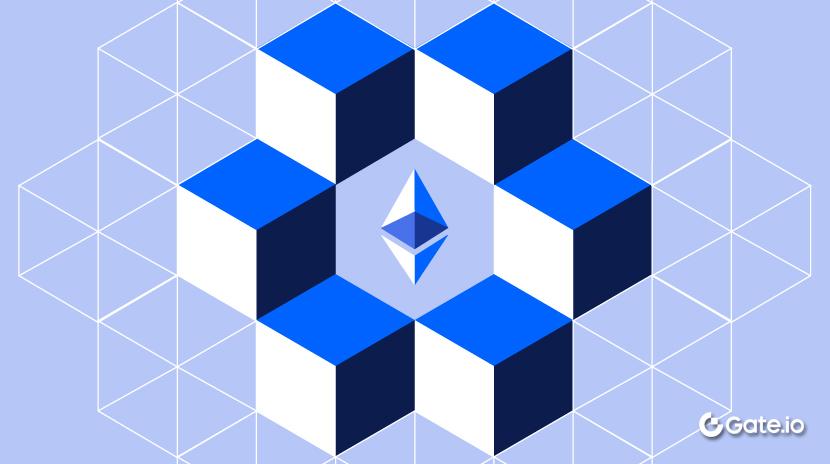
Bagaimana Mempertaruhkan ETH?
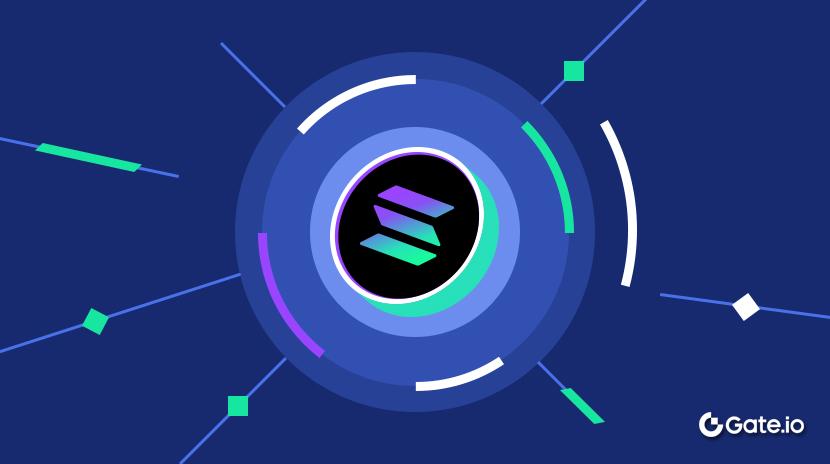
Apa itu Solana?
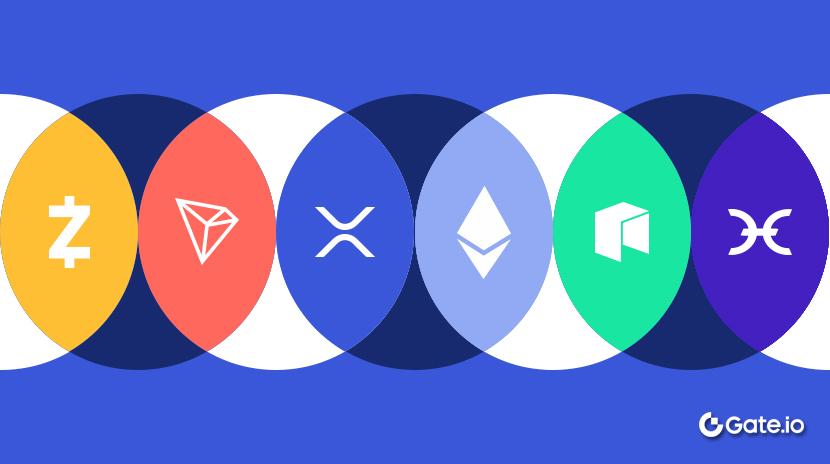
Apa itu Altcoin?
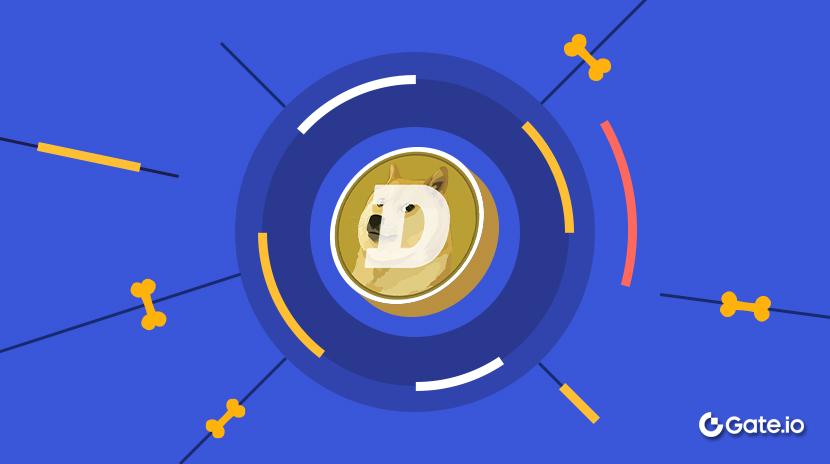
Apa itu Dogecoin?
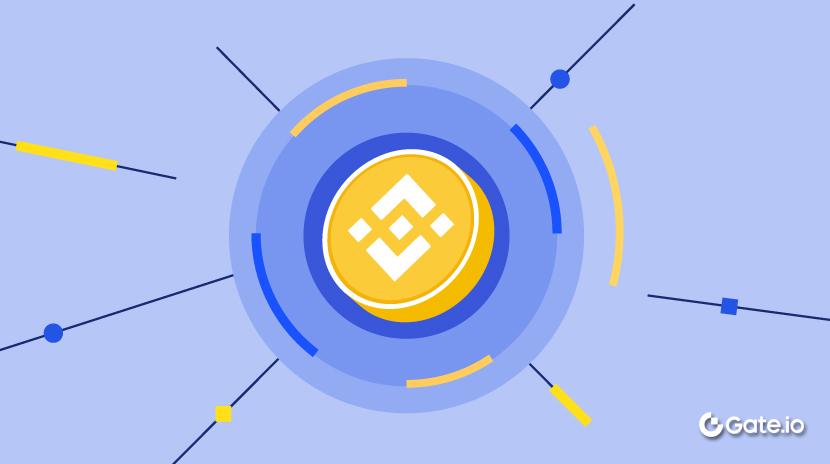
Apa itu BNB?
